The historical record of Jesus life outside the Bible continues. The Greek satirist of the second century Lucian labeled Christians “misguided creatures” for worshipping the crucified Christ as the Son of God and for living a godly lifestyle. “The Christians, you know, worship a man to this day—the distinguished personage who introduced their novel rites [&hellip
Jesus’ death, as well as His life, is recorded by ancient historians. And an interesting occurrence during his death is covered in these documents. When Jesus was being crucified, the Bible records a darkness covered the land from noon until 3:00 PM. Luke 23:44-45 says, “It was now about the sixth hour, and darkness came over the whole land until [&hellip
Here’s more evidence for the reality of Jesus’ existence. Although not a Christian, Josephus, a first century Jewish historian, recorded the following: “At this time there was a wise man called Jesus, and his conduct was good, and he was known to be virtuous. Many people among the Jews and the other nations became his [&hellip
Did Jesus even exist at all? The answer is “yes.” Evidence for Jesus’ life survives in writings outside of the pages of Scripture. Usually, people associate Jesus with good works and miracles, thinking of Him as being very popular. But the Bible also records that He was a wanted man—in a criminal sense. John 11:57 [&hellip
There is great evidence to back up the claim that the Bible is true; it passes an external evidence test. Renowned archaeologist Nelson Glueck said, “It may be stated categorically that no archaeological discovery has ever controverted a biblical reference. Scores of archaeological findings have been made which confirm in clear outline or exact detail [&hellip
The Bible has references to strange creatures that match the description of dinosaurs. On day five, in Genesis 1:21 it says, “So God created the great creatures of the sea and every living and moving thing with which the water teems, according to their kinds.” The Hebrew word for “great creatures” is tannin; it means a great [&hellip
Even after losing most dinosaurs in the Flood, these awesome animals were not extinct. Some survived from the Ark and eventually were the source of dragon legends that we read about today. In the Sumerian story of Gilgamesh, dating to around 2000 B.C., the hero killed a dragon found in a forest. As Alexander the [&hellip
Following the Flood, the world was dramatically changed. The Ice Age was a period of glacial activity that covered approximately 30 percent of the earth; today about ten percent is covered with ice. After the Flood, it took approximately 500 years to cover the land with ice and another 200 years to melt the ice [&hellip
Dinosaurs are a source of interest as well as confusion. Whether you like Jurassic Park or not, you need to know how they fit into a biblical worldview. First, you need to know some background about the word “dinosaur.” Sir Richard Owen, the most distinguished zoologist in Britain during the mid-19th century, was the first to use [&hellip
A fourth geologic evidence for the Flood is that rock layers were laid down in quick succession with rapid or no erosion between the layers. In contrast, the dominant view today is that slow and gradual processes required hundreds of millions of years to deposit all the rock layers. If that were true, you’d expect [&hellip




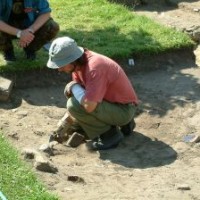
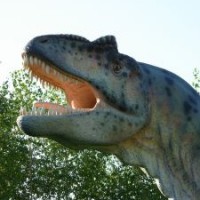

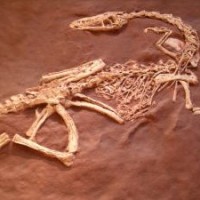
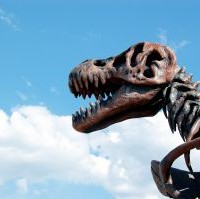
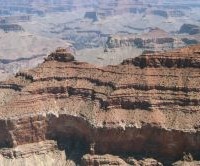









0
Comments
Add